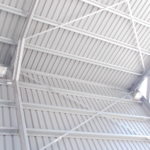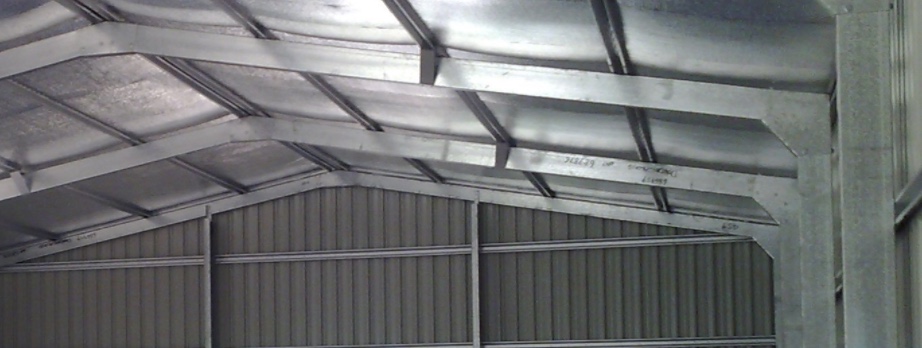
I think you’ll agree with me when I say that the Australian Shed market is fiercely competitive. It’s really hard to get an edge over your competition and still keep the quality of your sheds high. If you’re a shed builder, in this article I’ll provide some quick tips you can use that can increase the quality of your product and effectiveness of your sales process while reducing your costs.
Quoting Jobs
You should have an idea of rough rafter, column, footing, and purlin sizes for common shed spans that you quote on often. That way, you’ll save time when quoting to new clients, as you won’t have to wait for a response from your Structural Engineer to confirm section sizes. I can provide you with simple tables that you can use for quoting purposes but often these shouldn’t be needed if you have some experience.
Footings and slab
There are many ways you can make your footing and slab design more economical before it even passes over the desk of an Engineer. You can dramatically reduce the size of your pad footing when a slab is provided over the top instead of paving or gravel. You should confirm with the client whether or not they intend to use a slab with their new shed and inform your Engineer of this so they can save you money in footing construction costs.
I’ve found that the most economical pad footing shape is generally a cube. This balances uplift resistance with overturning resistance and material costs. For small sheds, you can skip the pad footing all together and simply use a raft slab with the shed anchored directly to the slab which can save you money in construction costs. Cast in footings generally perform better than baseplates or cleat footings, if your construction schedule allows for them.
Steelwork
Purlin and girt spacings can vary depending on wind conditions. You can space your girts further apart towards the ground, and your purlins can be spaced further apart away from roof edges.
You should keep in mind that sheds must be braced in all directions. I usually specify knee braces where room is needed between the columns and the columns aren’t too high. Cross bracing is generally more economical and stronger. For smaller spans, the sheeting itself can be used to brace the building. When you’re selecting cross bracing, if the area is trafficable it is preferable to use round bar instead of strap, as the strap bracing can be an injury hazard.
Get your Engineer to evaluate wind loads and shielding on a site by site basis. Maximum loadings from the Australian Standards and Building Code of Australia do not apply to most sites.
For connections, you can use Tek screws instead of bolts for smaller span members. Sometimes it can reduce your manufacturing costs to replace thicker cleats with back to back smaller plates.
If more headroom is requested by your client, deeper C sections can be replaced by back to back shallower sections.
Do you want to provide a lean-to along one side but don’t want additional columns in the way? Simply extend the rafters out over the top of your columns.
Live-in sheds generally should be built sturdier than storage sheds or workshops, as deflections due to wind loads may wake the occupants at night, causing them to request remedial work that could have been avoided!
If your client wants solar voltaic panels on the roof, they can generally be affixed to an extra set of purlins. Hot water tanks however should not be placed on the roof as they are cumbersome, heavy, require additional steel to support, and leakage can corrode the roof steel.
Also, when using cold form steel, if you wish to miss a column and use clean-span beam instead to support the rafter, remember to use back to back sections for the columns each side of the clear-span as they need to support double the load of the rest.
Do you know of any other helpful tips for building sheds more economically?


